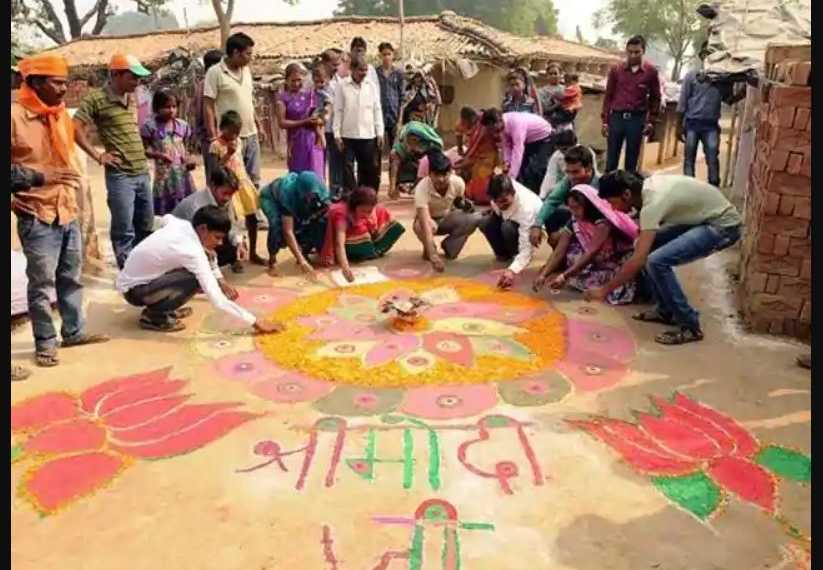Rural India has been the focus of the Modi government in the first term. In the second term too, a major focus of budgetary allocation was rural India. “At the center of everything we do, we keep ‘gaon, garib aur kisan’ (villages, poor and farmers),” said finance minister Nirmala Sitharaman in her maiden Budget speech.
Modi government has repeatedly been accused by Congress and other opposition parties for having a pro-urban bias. However, the data of budgetary spending by the Modi government suggests otherwise. The rural spending’s share in total budgetary spending has increased exponentially under Modi government from 5 percent in the last year of UPA to 9.4 percent in the first budget of the Modi 2.0.
The government allotted 0.43 lakh crore rupees to agriculture ministry on average between 2014-19 which coincides with the first term. In the first budget of the Modi 2.0, the budgetary allocation to the Ministry of Agriculture has been increased to 1.4 lakh crore rupees, which is three times more than the average of the first term.
The massive increase would go to the implementation of PM KISAN and Pradhan Mantri Kisan Pension Yojana under which 14.5 crore and 5 crore farmers are expected to benefit respectively.
In the last five years, the Modi government has worked to ensure that every rural family has access to clean cooking fuel electricity connection. The government has been able to provide electricity to every village in the country. International Energy Agency (IEA) called it “one of the greatest achievements in history of energy”.
For decades, people in rural India were using biomass as cooking fuel because they could not afford LPG cylinders. Under Pradhan Mantri Ujjawala Yojna, the government has been able to provide LPG connections to 3.6 crore people living below the poverty line. “I would like to assure the nation that every single rural family, except those who are unwilling to take the connection will have electricity and a clean cooking facility,” said Sitharaman in the Budget speech.
The government would also expand the highly successful Pradhan Mantri Awas Yojana – Gramin (PMAY-G) scheme with the aim to construct 1.95 crore more houses from 2019 to 2022 to ensure housing for all. These houses will be equipped with toilets, electricity and LPG connections which are part of the government’s other welfare schemes.
To ensure the last mile connectivity in rural areas, the government would spend another 80,000 crore rupees under Pradhan Mantri Gram Sadak Yojana for construction of 1,25,000 km of road in the second term.
To ensure the welfare of rural India and deliver the promise of doubling farmer’s income by 2022, the Modi government has taken a slew of measures in the last five years. To make farmers financially secure in the case of poor crop growth, the government launched Pradhan Mantri Fasal Bima Yojna (PMFBY). To provide irrigation facilities to farmers across the country, PM Modi launched Pradhan Mantri Krishi Sinchai Yojana (PMKSY) and pumped money into the National Bank for Agriculture and Rural Development (NABARD) to increase credit penetration to farmers.
Farmers and rural India voted ‘en masse’ for PM Modi in the 2019 general elections. Traditionally, rural India had not been a stronghold of BJP but this phenomenon changed after the rise of PM Modi. Since 2014 general elections BJP has won successively in states with a large rural population like Uttar Pradesh, Assam, Jharkhand. BJP’s huge victory in 2019 proves that efficient delivery of welfare schemes worked in favor of the Modi government. Therefore Modi government has continued to work for the welfare of this constituency and this was visible in the first budget of the second term.
